ADSactly Art History - The Further Development of Hellenistic Art: Architecture, Urban Planning, Philosophy and Religion
The Further Development of Hellenistic Art: Architecture, Urban Planning, Philosophy and Religion
The interest in Greek art does not diminish, because this art plays a significant role in the birth of European art and is still a reference point for reflections on beauty…
New cities are arranged according to a rectangular plan - just like the fifth-century Piraeus. Examples are Priene and Pergamum - Hellenistic cities. Streets were designed wider, with care for sanitary installations and water availability. Agora is surrounded by porticoes for comfort and shade. Similarly designed are the palestrae, to which gymnasiums adjoin. On broader streets, one-story, windowless houses with a courtyard and tenement houses were built.
The Ionic order prevails, and the remaining Doric temples are characterized by slenderness and lightness. The triglyphs in friezes are not being built anymore and the Doric order can be seen only in the West of the country and in secular architecture.
While the urban layout was based on a classic checkerboard layout, the cities were unprecedented in their scale. An example would be Antioch or Alexandria, gathering communities of over 100,000 people. (Papuci-Władyka, 2001: 355)
The model from the classical times provided the cities with appropriate districts: sacral, residential, green, or administrative (Papuci-Władyka, 2001: 277-8). Hellenistic novelty (associated with the rebirth of the monarchy) was the introduction to the urban order of the palaces. Monumental palace complexes are best represented by Pergamum, the capital of the Hellenistic state located in the western part of Asia, ruled by the Attalid dynasty. The mansion in Pergamum attracted sculptors and painters, architects and writers, growing into one of the cultural centers at a time when the Hellenistic political system had already disintegrated (Stewart, 1990: 209).
The new orders limited the construction of temples, partly because the adaptation of existing sacred buildings was undertaken (Papuci-Władyka, 2001: 278). It must be remembered, however, that the Hellenistic period is also characterized by a tendency to interest people in their own affairs and reverse from classical spirituality. The architects made attempts to modernize the Doric and Ionian orders and their mixed forms - by changing the proportion, slender columns and blocks.
One should note the increase in the popularity of ornament and embellishments in a purely aesthetic role. In contrast to classical architecture, the semi-columns adjacent to the walls no longer served the construction of the building but instead supported its composition. The Temple of Athena in Tegea on the Peloponnese, by the sculptor Scopas, is equipped with a convex stylobate, gently sloping columns, which are up to six times the base of the drum. Equipped with a triple row of columns with mixed architectural orders. The Temple of Athena in Priene, of exceptional quality, is an example of permeating the Doric order to Asia Minor. Pyteos established a canon of proportions based on the Ionian foot (29.4 cm).
Architecture for the theater in the 4th century BC takes on a more monumental form. Examples of theaters of that period are the theater of Dionysus at the Acropolis, the theater in Delphi, Megalopolis, and above all, the perfectly preserved theater at Epidaurus - a sanctuary healing in Argolis on the Saronic Gulf. Its authorship is attributed to Polykleitos the younger and it is a model for later implementations, including in Megalopolis. Pausanias considered this theater to be the largest in Greece and famous for Asclepieia, being held there every four years. The auditorium of the theater is a phenomenon of sound, studied to this day due to the excellent sound distribution to all parts of the audience.
The period of the 4th century expansion also brought rapid development of science. Slowly abandoning a worldview based on mythology and focusing on researching what is real, has led to questions and undermining existing beliefs about the origin of the world. The center of contemporary science was located in Egyptian Alexandria.
Placed there the largest library of the then world and Mouseion, a science complex, was the focus of new scientific fields: medicine (Hippocrates), mathematics (Euclid), or modern physics (Archimedes) (Bernhard, 1992: 258). Artistic work has also received an adequate science which described the knowledge about art: aesthetics (Aristotle).
Two streams of Greek thought, in particular, exemplify these new trends, including the strengthening of individualism, foreign in the older history of Greece. The Stoics began to reflect on the ethical condition of man, and the development of his personality was associated with his individual ability to understand the world. Meanwhile, the students of Epicurus (341-270 BC) propagated the right to individual happiness, enjoying the carefree life. Cynics, on the other hand, promoted the release of a man from all social obligations (Ałpatow, 1961: 148).
The processes described above have contributed to the growing individualism. Classical art focused on presenting the rules governing the Cosmos. The present artists now perceived a fragment of reality, mixed up species and concepts, and interested in the details presented less sublime contents: secondary deities endowed with purely human attributes.
The sepulchral architecture of the IV century BC did not include the monumental tombs, which were rather appropriate to the areas of Asia Minor, where the influence of Greek artists was more and more visible. The tombstones were rich in ornaments and examples of such buildings are those in Lycia in south-west Asia Minor and the Nereid monument.
Mausoleum in Halicarnassus is the most unique example of tomb construction, concealing the tombs of Mausolus, the Persian ruler of Caria.
The mausoleum owes a very rich sculptural decor to sculptors such as Scopas, Timotheus, Leochares and Bryaksis, who were responsible for creating the decorations of respectively eastern, southern, western and northern walls of the building. The colossal size of the tomb required leveling the rock on a surface of 36 by 38 meters.
The sculptures of the mausoleum depict the Amazonomachy, the Centauromachy and cart races, and present an unusual sculptural artistry.
In sculpting art, as mentioned before, the most significant influence of the 4th century BC is the introduction of expression of emotional states and emotions, and the departure from the pathos proper to age V. The ideas were personified in an abstract way, an example of which is Eirene with Pluto (personification of Peace and Wealth) set in the Agora of Athens after the battle of Leuctra. This statue expressed a longing for the social order of Athens.
The attention of late-classical sculpture researchers focuses on the most prominent authors of that period: Praxiteles (Hermes with a small Dionysus, Cnidus Aphrodite), Scopas (Mausoleum in Halicarnassus, the temple of Athena Alea in Tegea) and Lisyppos - the precursor of Hellenism.
Praxiteles’ Aphrodite of Cnidus is a naked goddess - attribute to the 4th century BC symbolizing the Heroes of the Games. Nudity here indicates the innocence of the goddess, for her unspotted femininity.
Classical idealism confronted the decorativeness of the eastern Greek cities of the 4th century, and from there came to Greece a tendency to increased plasticity of sculptural performances.
The gods lost their "divinity", and thus they were equipped with typically human neuroses, defects. What's more, the spiritual content of works of art became more shallow. Praxiteles’ Hermes and Dionysus present God when he stops on the path, accompanied by the little Dionysus entrusted to him by gods to take care of. Other than it was appropriate for classical art, the group is free from deeper spiritual content: Hermes entertains the child, instead of acting as his teacher. The spiritual greatness of God is ignored and human qualities are emphasized. Little Dionysus, in greed, draws out his hands, which can be read as an association with his later image as a god of wine. (Stewart, 1991: 175)
Classical frugality of forms had a source in sublimity and expressed itself in a clear construction and expressive contours. Meanwhile, works from the Hellenistic period are characterized by vivacious dynamics, focus on the play of light.
Authored by @highonthehog
References
Images: sources linked below
Photo: @highonthehog
- Papuci-Władyka, E., Sztuka starożytnej grecji, Wydawnictwo Naukowe PWN SA, Warszawa, 2001
- Stewart, A., Greek Sculpture: An Exploration, Volume I: Text, Yale University Press, New Haven, 1991
- Bernhard, M. L., Sztuka grecka IV w. p.n.e., Wydawnictwa Artystyczne i Filmowe, Warszawa 1992
- Alpatow, M., Historia sztuki 1, Starożytność, Wydawnictwo Arkady, Warszawa, 1968
Click on the coin to join our Discord Chat

Witness proposal is here:
Go To Steem Witness Page
In the bottom of the page type: adsactly-witness and press vote.

Use small letters and no "@" sign. Or, click here to vote directly!
Thank you!
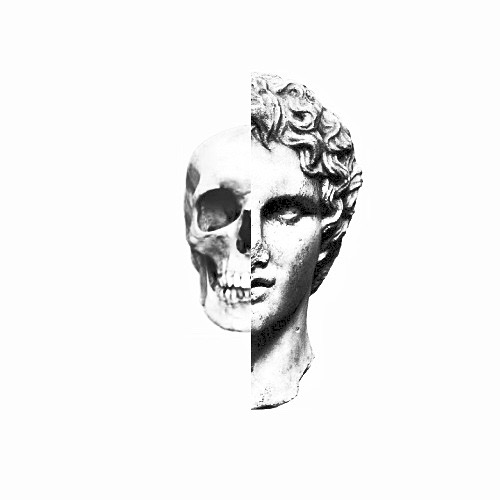
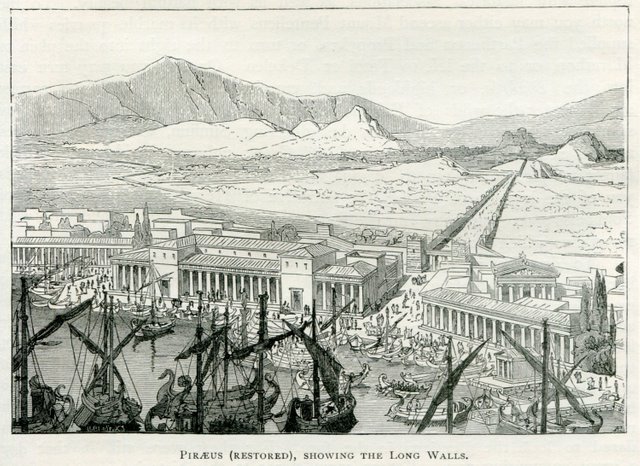%2C_showing_the_Long_Wall_-_Mahaffy_John_Pentland_-_1890.jpg)
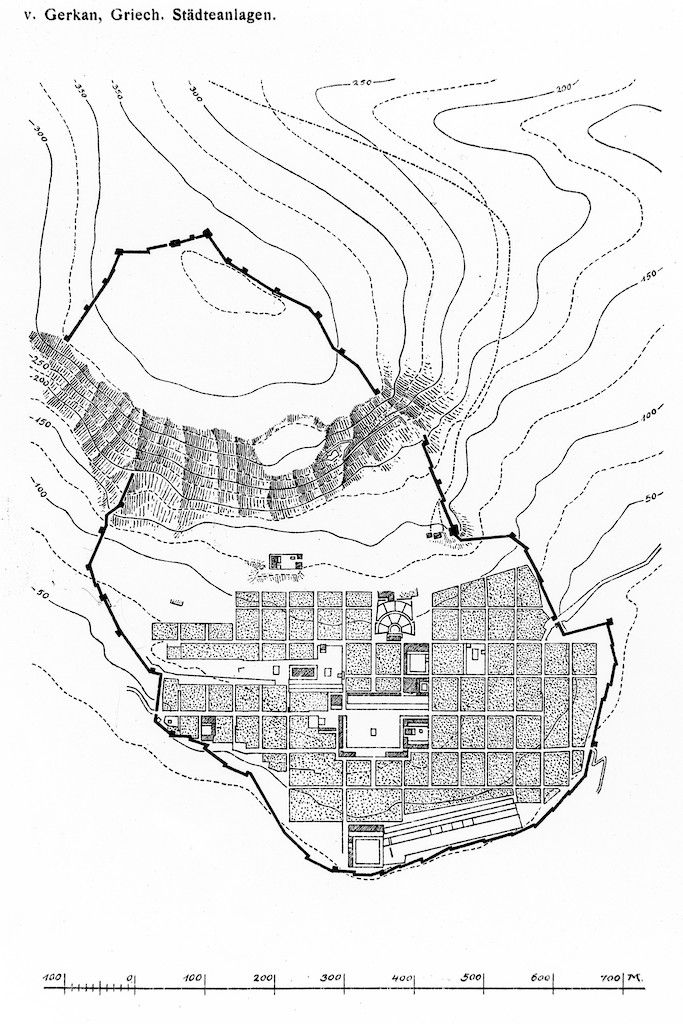
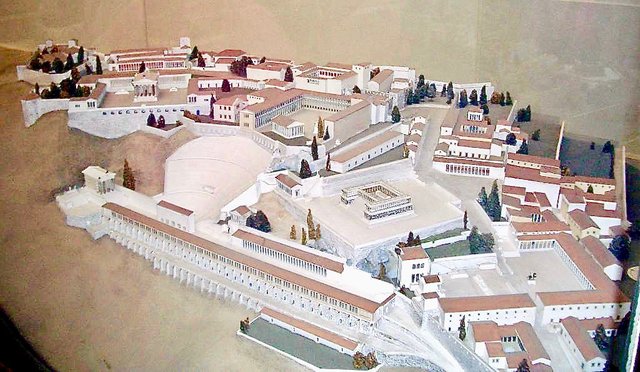
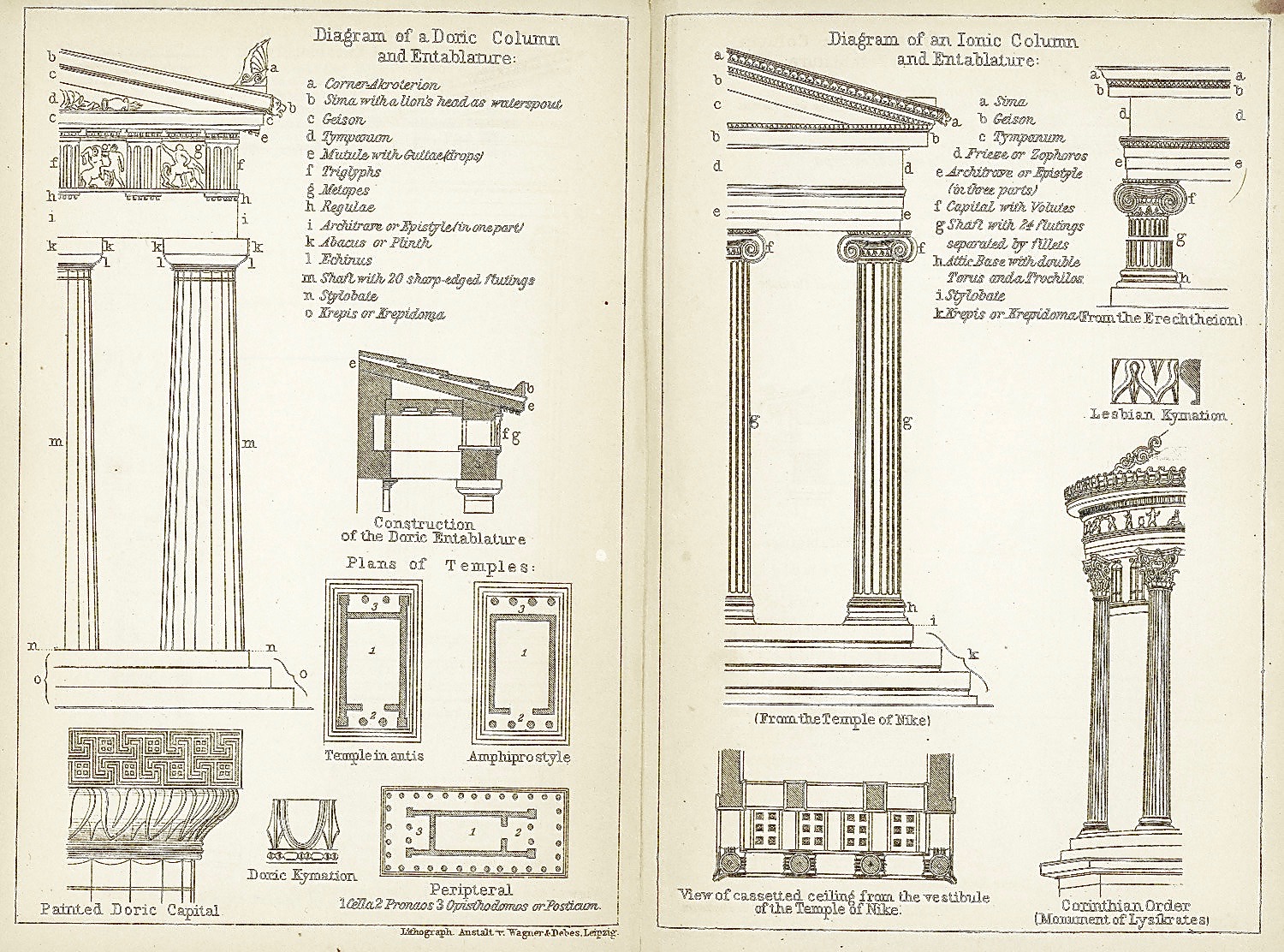
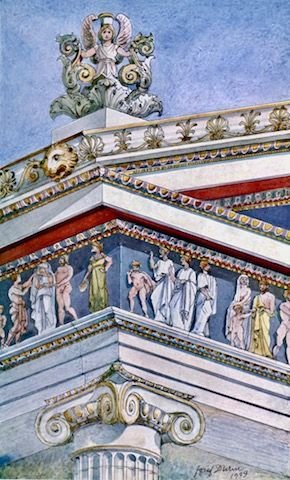
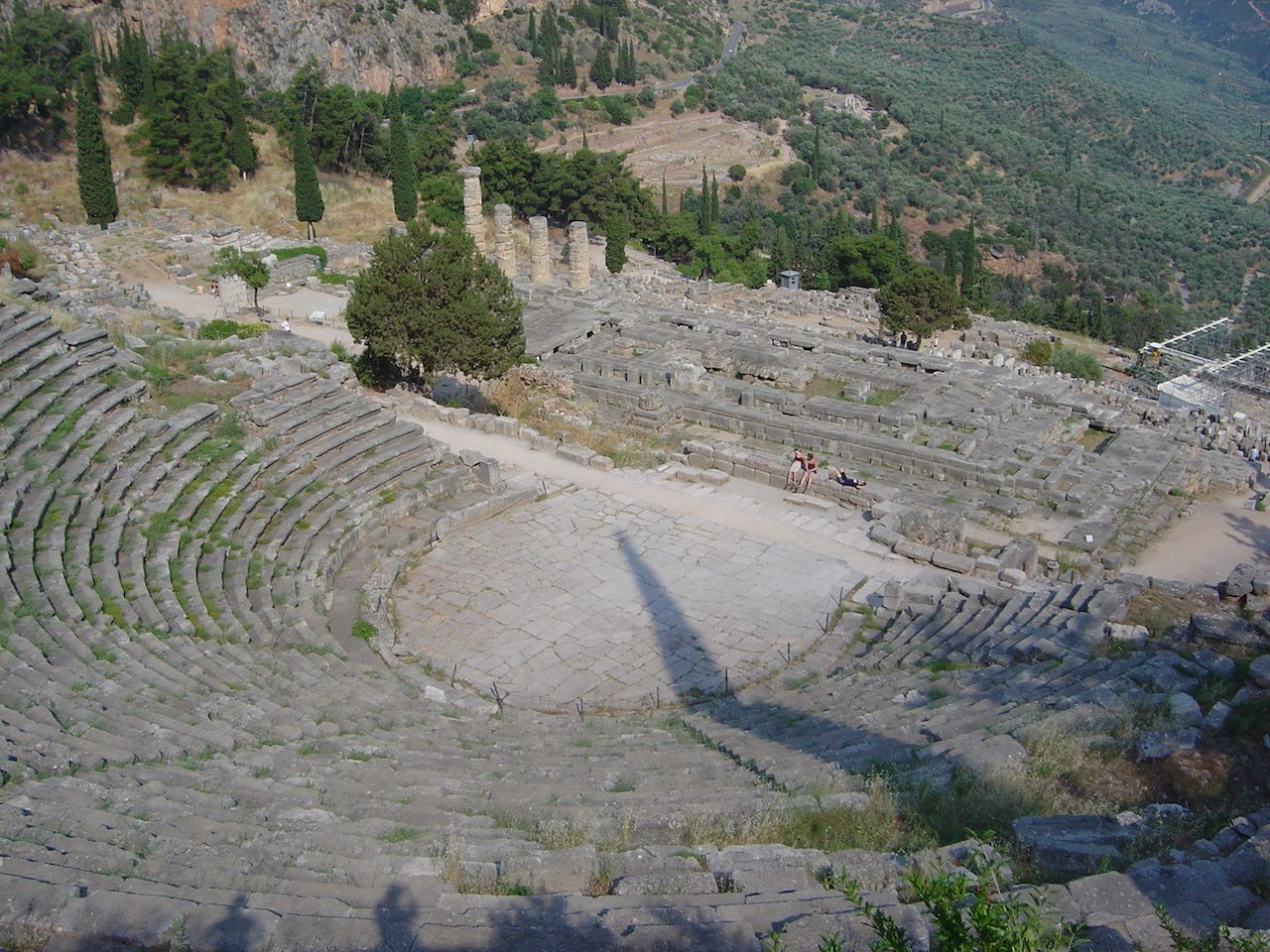
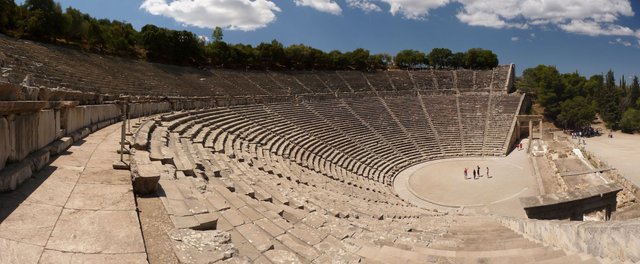
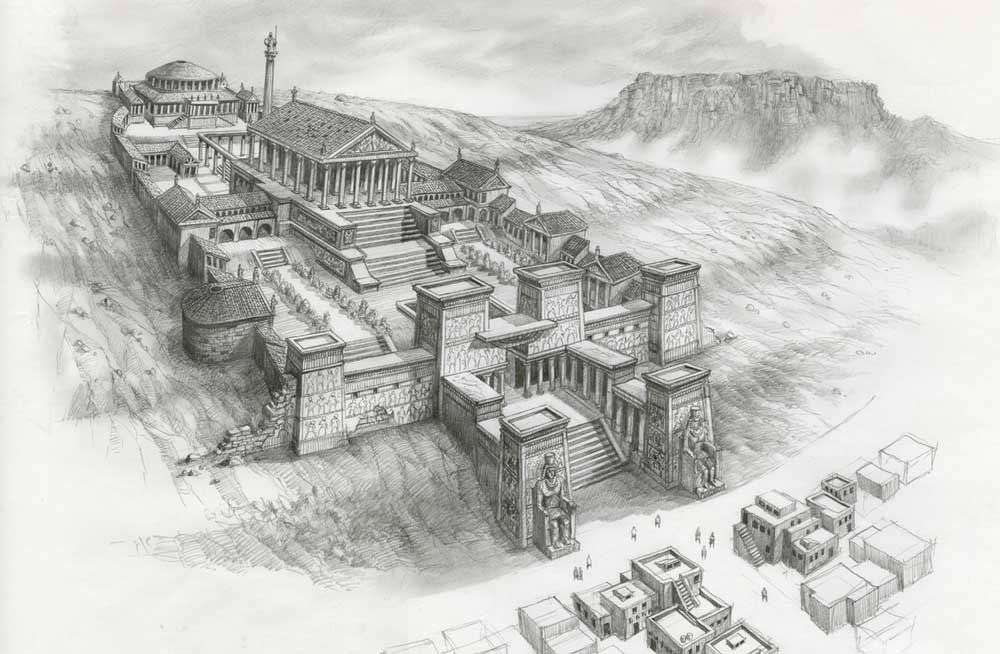
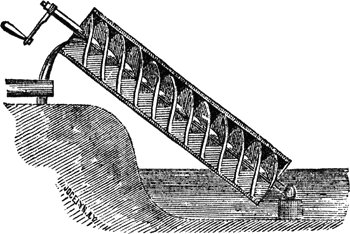
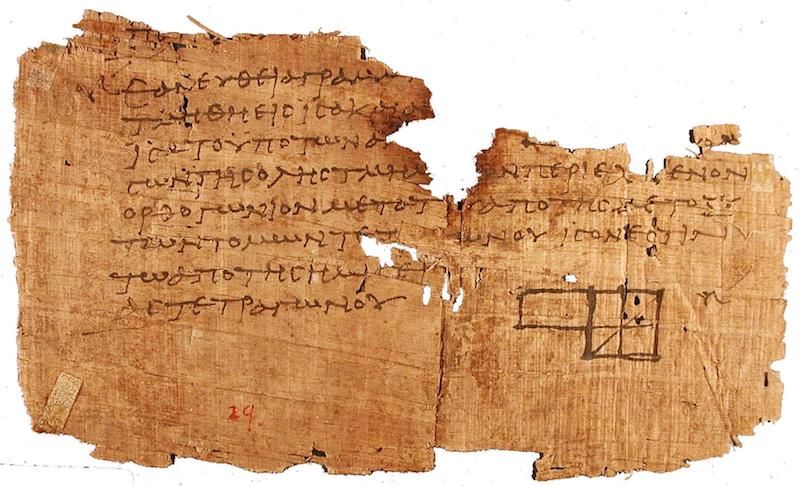
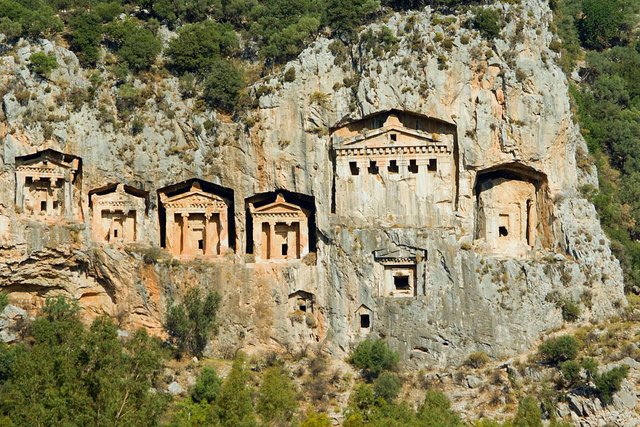
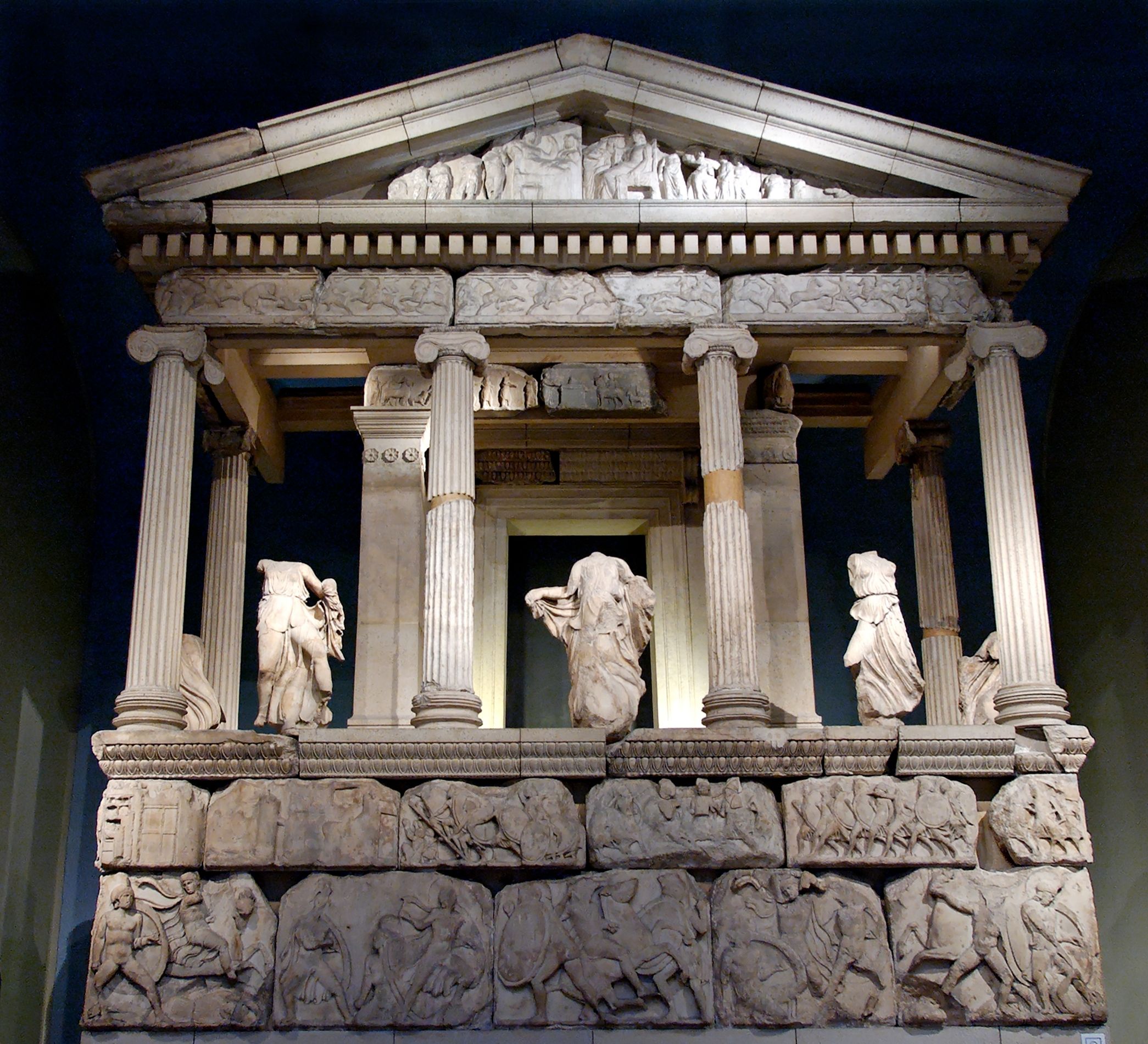
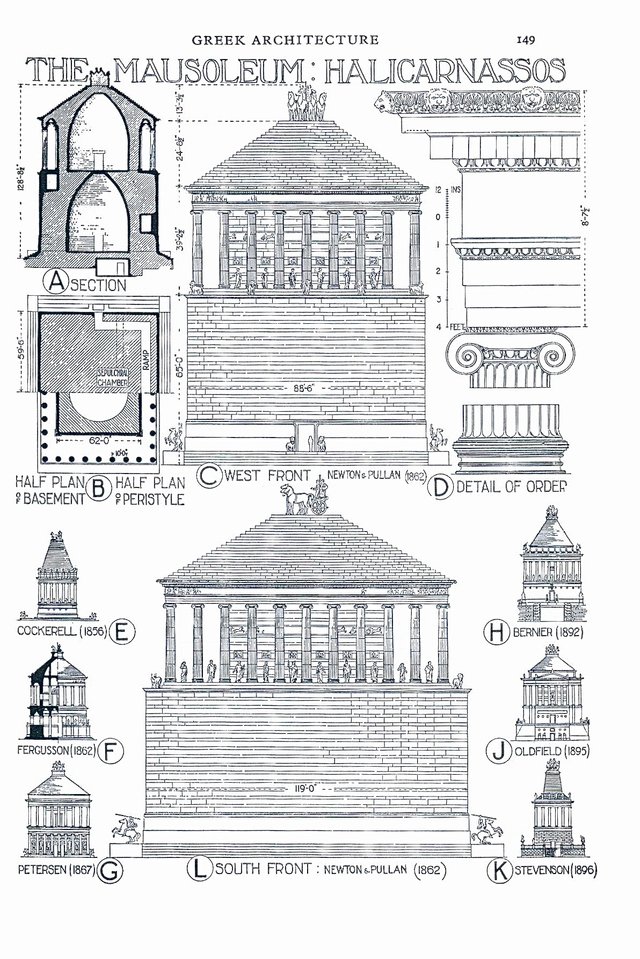
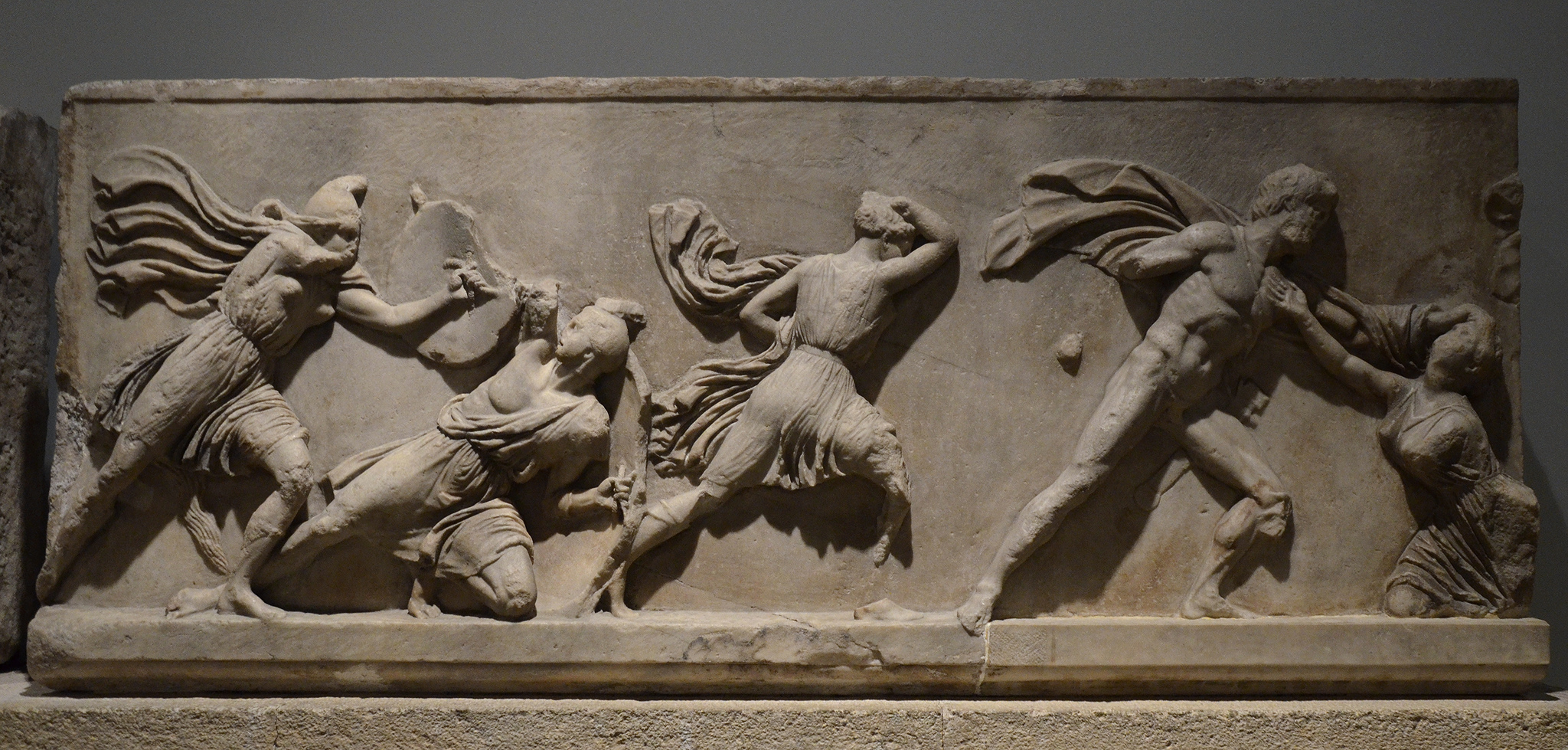
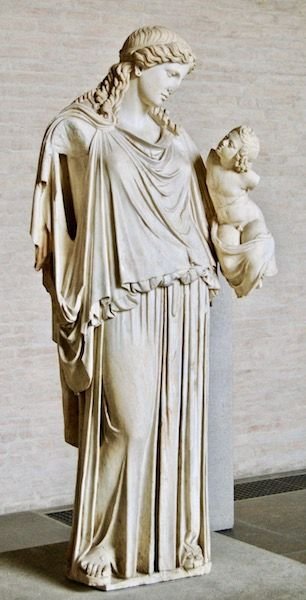
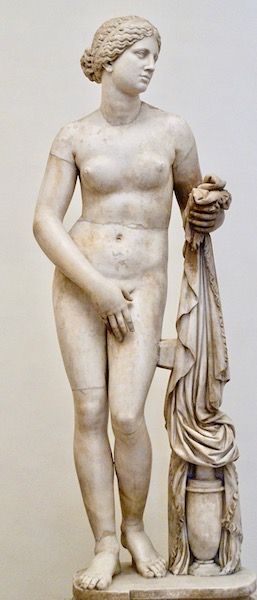
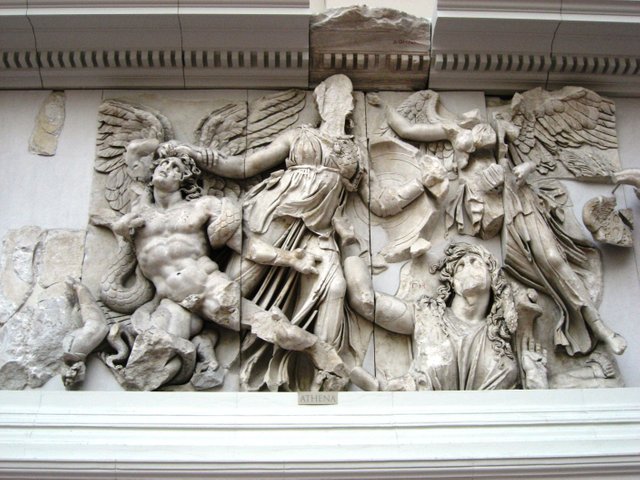
I like reading about the history of ancient Greece. I know that it was at that time that the real art in philosophy and architecture was born. The architectural structures of ancient Greece deserve special attention. The first is blackened because the architecture of ancient Greece laid the foundation for European architecture. I read that it was used by architects from all over the world. She definitely left her mark on the outcome and had an impact. Even now, the buildings that are made in this style attract a lot of attention.
If you take into account the sculptural art - then it is one of the most beautiful in the world. Many people have seen Greek sculptures at least once in their life (on television or elsewhere). They are recognized as one of the greatest achievements of the culture of antiquity that have left their mark on world history. Now their sculptures can rightfully be called a "classics" of art.
Thank you, I liked it
Sorry about that bud, misunderstanding on my part.
no problem man
Hey I don't know what to believe anymore, so many people have copied comments... XD
Anyway thanks for dropping by and taking the time to point out the losers...
I absolutely love the architecture of ancient Greece and you can definitely see it's influence throughout the world. Really great stuff.
A debt of gratitude is in order for awesome composed and extremely educative post @adsactly. I cherish perusing about history and Greeks resembled the principle folks there :). Simply investigating and seeing their engineering is more than stunning to me. The performance centers are structures I appreciate the most, the shape and the inclination when I see it is so exceptional to me. It generally make them consider what occurred there and how it felt.
Unfortunatelly, library in Alexandria was singed, and that is the one of the saddest crossroads ever. To lose such a great amount of information from which we can find out about additional. That is extremely a thing that disheartens me a considerable measure.
There are numerous styles in arhitecture of the history and greek is only one of numerous that inspires everybody. They were experts in this as should be obvious it from the craftsmanship they made.
Much obliged again to share educative posts, I figure individuals can take in a ton just by understanding them. I trust it will push them to be more inquisitive and to look for more answers later on!
on my part, a long thank you for the extraordinary comment.
I have a similar opinion about the Alexandrian library, it would be a huge treasure for the present world, to have but a fraction of that knowledge that was stored in it. Oh, how would our horizons widen. Perhaps what I am writing about today would not just be a curiosity, buried in time.
A very readable, informative overview of Greek culture and its influence on other cultures. I remember pouring over Plutarch's "Lives" in high school (not assigned- I had odd reading habits). I was convinced everything he said was historically accurate. Of course, over the years I came to realize that not just Plutarch, but all sources have to be regarded critically. Still, that book influenced me and contributed to my lifelong interest in history. Your map is fascinating, in that many of the place names have endured in some form. Although, "Iberia" did puzzle me, enough to prompt investigation. It seems I'm not the only one to be puzzled--people of the Caucasus have also given the matter some thought and looked for a connectionbetween their ancient kingdom and the Iberian peninsula. Very enjoyable piece, especially for a fan of history.
Thanks for reading, just one small question where did you find Iberia in my post, or am I missing something?
Hippocrates, Euclid, Archimedes were born in the time where individualism was blooming. They were more aware how everything in space time continuum is connected and that we should act as part of nature. Individualism doesn't mean separation from each other, it means investing to use full potential of us as humans.
The infrastructure is also made in that way, as per divine proportion. Even if so many people don't know that fact, they cannot resist to admire the structures. As our inner self knows better what is made in a line with the nature, and that automatically means beauty as proportion in nature is beauty. You must have heard about Fibonachi sequence (1, 2, 3, 5, 8, 13, ect) All things in nature are made from this sequence.
Aristotle is one of fathers of Greek philosophy. He was the youngest among tree fathers. Socrates famous quote "I know that I don't know anything" will be eternal truth, as we are growing spiritually we are aware that we are part of something we don't have idea about and only if we keep open mind we will be able to get at least few percentage of worlds knowledge and wisdom. Plato was speaking about how one country should operate in the best possible way and I am recommending that for e"Republic" to read.
Hopefully, all of us will again turn back to ourselves and invest in ourselves first to benefit personally us and society as whole.
Namaste.
Thanks for great written and very educative post @adsactly. I love reading about history and Greeks were like the main guys there :). Just researching and seeing their architecture is more than jaw-dropping to me. The theatres are buildings I enjoy the most, the shape and the feeling when I see it is so special to me. It always get me thinking about what happened there and how it felt.
Unfortunatelly, library in Alexandria was burned, and that's the one of the saddest moment in history. To lose so much knowledge from which we can learn about more. That's really a thing that saddens me a lot.
There are many styles in arhitecture of the history and greek is just one of many that impresses everyone. They were professionals in this as you can see it from the art they made.
Thanks again for sharing educative posts, I think people can learn a lot just by reading them. I hope it will push them to be more curious and to seek more answers in the future!
wow , so cool to see so many absolutely identical comments :) check this out!
Good morning friend. Pls I need u to read my post and upvote it. Am fairly new one steemit and need ur upvote as a means of encouragement. Thanks
My friend, please do not ask for upvotes. This is considered as a spam.
On Steemit, you need to build natural relationship with fellow human beings. By that I mean, find people that you like and try to engage in normal conversations, not vote-for-vote kind of talk.
This kind of behavior is not acceptable on Steemit, nor in ADSactly society. Have a great day, and please don't do this again ;) <3
Good job. :)
Hmm... Very interesting stuff!...:)...
Indeed, I'm happy to write about stuff that is interesting not only to myself XD
Hi, we have voted on your post because you have posted your article to either food, recipe, recipes, cooking or steemkitchen #tag. Steemkitchen is a brand new initiative where we want to build a community/guild focused purely on the foodie followers and lovers of the steem blockchain. Steemkitchen is in the conceptual phase and we would love to hear your thoughts and ideas.
Please consider joining us at our new discord server https://discord.gg/XE5fYnk
Also please consider joining our curation trail on https://steemauto.com/ to help support each other in this community of food and recipe lovers.
Kind Regards
@steemkitchen
yyyyhm , nope , unfortunately there is no match , try again XD
Stupid bot... wonder why it did that. No food even close to this post. Enjoy the upvote
Figured it out, the steemkichen account follows adsactly, sry for the intrusion
heh no worries, thanks. :)
Very nice art..
I love art..
Thanks for sharing valuable post..
I appreciate your life....
i love art too, thanks for taking time to love it with me ;)
Upvote and rsteemit
Hi adsactly
Good job my friend...... best of luck.
Please don't
One weird fact about Alexander is;
When he reached India, his companions started killing Indian monkeys. They had heard indian people are vary different in colour and small in size!!!!
They wasted two months killing wrong species in indian, same expedition of ALEXANDER THE GREAT became last one for him during return He died in the because of some reason, related are many theories.
Another fact is he when started his expansion to India every prince of that period yealded before him except the PORUS. PORUS lost the war and after that Alexander asked him, you are brave man. What should you want to have, as last wish. He told him restore my position. Alexander made him the governor of same province and ordered him rule in his name.
There are so many stories about Alexander the great and in expansion to India but don't know how many of them are true and which are false.
One thing that everybody believes is true is the Greco-Roman art that is existing still in India.
hmmm , how crazy is this, I guess this was a good protection for the Indian people.
I think better way to discribe was a communication barriers between the European and South Asian people, after Alexander the silk rout started, nowadays is reconstructed by China and allies as OBOR.